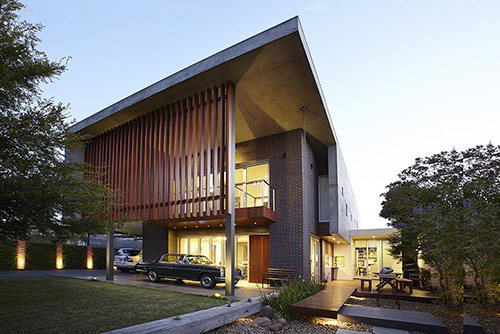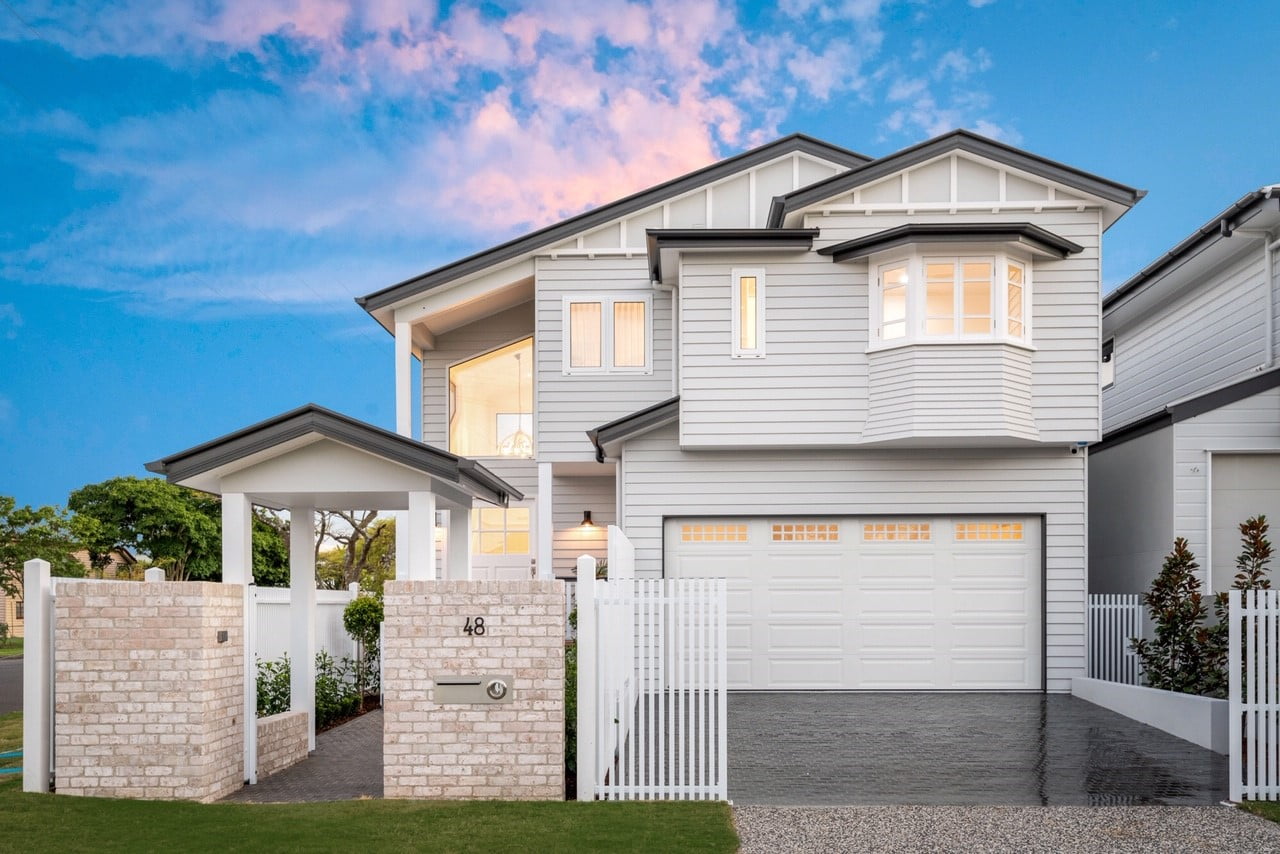Leading Patterns in Residential Architecture You Should Understand About
As domestic design proceeds to evolve, a number of compelling patterns are forming the means we create and occupy our living spaces. Key advancements such as lasting structure methods, the combination of wise home innovation, and the rise of modular homes highlight a substantial shift towards both performance and environmental duty.
Sustainable Building Practices
A boosting number of domestic projects are accepting sustainable building methods, driven by a growing recognition of environmental effect and power performance. This change is identified by the assimilation of eco-friendly products, energy-efficient layouts, and ingenious building techniques. Property owners and building contractors are significantly focusing on using renewable resources, such as bamboo and recycled steels, which not just reduce the carbon footprint but likewise boost the durability and visual appeal of homes.
Incorporating energy-efficient systems is an additional crucial aspect of sustainable building - residential house architect. Features such as high-performance insulation, energy-efficient home windows, and solar panels are ending up being standard in new household designs. These aspects not just contribute to lower energy consumption yet also provide considerable long-term cost savings for house owners
Additionally, the format of sustainable homes frequently emphasizes all-natural light and ventilation, reducing the dependence on man-made illumination and climate control systems. Landscape design practices, such as xeriscaping, more advertise sustainability by minimizing water usage.
As the need for lasting living options remains to climb, the residential style field is poised to introduce and adapt, making sure that future homes are not only ecologically responsible yet useful and additionally comfortable for their passengers. - residential house architect
Smart Home Innovation
Smart home modern technology is changing the way property owners connect with their home, enhancing benefit, safety and security, and power administration. This ingenious method incorporates numerous tools and systems, allowing customers to regulate their homes remotely or with automated procedures. Central to this trend is making use of clever gadgets such as thermostats, lights, protection video cameras, and appliances, all linked using the Internet of Things (IoT)
Among one of the most appealing functions of wise home innovation is the capability to personalize setups for optimal energy effectiveness. Home owners can keep track of power usage and adjust home heating, air conditioning, and lights based upon their regimens, significantly decreasing energy prices. Moreover, innovative safety systems equipped with clever locks and monitoring cameras supply assurance, allowing remote surveillance and notifies to possible safety violations.
Assimilation with voice-activated aides improves customer experience, allowing house owners to manage gadgets with easy voice commands. As modern technology remains to advance, the capacity for smart home systems to boost lifestyle expands, making them an important consideration in modern-day residential architecture. Inevitably, smart home modern technology is not simply a fad but an essential change toward a lot more smart living atmospheres.
Open Principle Living
Open concept living has arised as a defining feature in contemporary residential design, characterized by the removal of standard obstacles between areas. This design philosophy promotes fluidness and connection within the home, permitting a smooth shift between locations such as the kitchen, dining, and living spaces. By eliminating dividings and walls, open idea layouts develop a feeling of spaciousness, fostering a welcoming ambience that improves social interaction.

Moreover, this approach to property layout lines up with minimalism, concentrating on practical simplicity and visual comprehensibility. Home owners appreciate the convenience of these layouts, which can be conveniently adjusted to mirror personal style via furniture plan and design. As open principle living remains to get traction, it stays a testimony to advancing family dynamics and the wish for homes that improve link and convenience.
Biophilic Style
Biophilic layout has actually come to be significantly significant in household architecture, stressing the inherent connection in between humans and nature. This style viewpoint seeks to integrate natural environments into living areas, therefore fostering helpful hints a sense of health and boosting the lifestyle for occupants. By integrating attributes such as natural light, plants, and natural products, biophilic style promotes a harmonious relationship in between interior atmospheres and the environment.
Crucial element of biophilic design consist of big windows that supply unhampered sights of exterior landscapes, living walls that introduce greenery into insides, and open flooring plans that encourage air movement and natural light penetration. Water features, both within and outside the home, offer to produce soothing ambiences and improve sensory experiences.
Additionally, using sustainable products not only sustains ecological stewardship yet also contributes to much healthier interior air top quality. As recognition of ecological concerns boosts, property owners are significantly focusing on styles that show their connection to nature. Basically, biophilic design not only boosts aesthetic allure but likewise addresses psychological and emotional needs, making it a vital fad in modern property architecture.
Modular and Prefab Houses

Furthermore, modular and prefab homes are developed with sustainability in mind. Many manufacturers use eco-friendly materials and energy-efficient systems, such as photovoltaic panels and advanced insulation methods, adding to lowered power usage and reduced utility expenses for homeowners. The versatility of layout choices allows for modification, catering to varied useful demands and aesthetic choices.
As the need for inexpensive housing proceeds to increase, prefab and modular homes provide a viable solution, addressing both financial and environmental challenges. Areas are increasingly recognizing the capacity of these structures, integrating them into country and urban setups. In general, the fad toward modular and prefab homes indicates a shift toward a lot more sustainable, efficient, and versatile living settings, making them a crucial element of modern household architecture.
Verdict
Sustainable structure practices and smart home modern technologies boost efficiency and benefit, while open concept living and biophilic design foster social interaction and a link to nature. The increase of modular and prefab homes provides personalized and useful link economical services, reflecting a broader shift towards practical and liable living.
Key growths such as sustainable building methods, the assimilation of wise home innovation, and the rise of modular homes underscore a significant shift towards both functionality and ecological obligation.The rise of modular and prefab homes has actually changed the domestic style landscape, providing ingenious options for reliable and sustainable living.Additionally, modular and prefab homes are designed with sustainability in mind. Overall, the pattern toward modular and prefab homes symbolizes a shift toward more sustainable, efficient, and adaptable living settings, making them a crucial element of modern property style.
Lasting structure techniques and wise home technologies boost efficiency and convenience, while open concept living and biophilic style foster social communication and a link to nature.